What is Qigong?
Qigong is a seven thousand year old Chinese health improvement (wellness) system. It incorporates the coordinated use of breathing methods, breath control, stances, movements, acupressure, self-massage, visualizations and guided meditations to achieve specific goals: increasing the quantity and quality of Qi in one’s body, facilitating the easy flow of Qi in one’s body, for the purpose of increasing health, strength, longevity, boosting one’s immune system and making oneself a better person. What more can anybody want but excellent health and well-being?
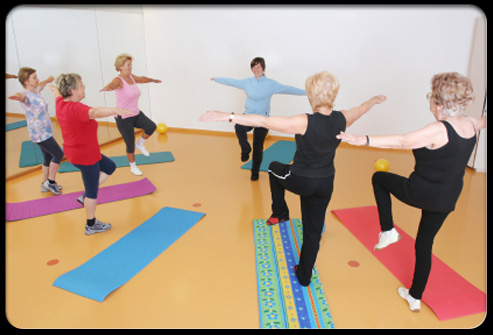
Stress-busting ‘Chinese’ Yoga
Qigong reduces stress, can lower blood pressure and improve physical and mental performance. This translates into healthier, fitter, happier and more productive people for the workplace. It can be considered the Chinese version of Yoga and several Indian martial arts use special forms of Yoga in the same manner that Chinese martial arts include Qigong as part of their regular practice. In Japan, Qigong is pronounced Kiko; in Korea, Kibup; and in parts of the Philippines, anting anting. Similar practices can be found in most of the South East Asian martial arts systems.
Three Transmissions
There are three main transmissions of Qigong: Medical, Martial and Mystical or religious, and there is a lot of overlap between them.
In Medical Qigong there are two parts; one is where a Qigong practitioner will inject Qi into the patient or build up a field of Qi around the patient to aid in their healing; the other part involves teaching the patient specific Qigong forms to bring about the desired results.
Internal (soft) and External (hard)
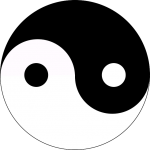
Qigong is also divided into internal or soft and external or hard. The internal Qigongs all have specific development of Peng jin and ChanSi jin. These roughly translate to ‘ward off energy’ and ‘silk reeling energy’. They are intertwined like the Taijitu (the Yin Yang symbol) and cannot be separated.
Improved Resilience
Without Peng jin and ChanSi jin, you are doing a physical exercise with some breath control. The effects are quite different.
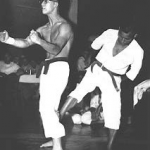 External Qigong can produce some extreme results; practices such as Iron Palm, Iron Shirt and Golden Bell help practitioners withstand strikes and other blows to their bodies without injury. Sanchin Kata from the Okinawan martial arts is an external and hard Qigong.
External Qigong can produce some extreme results; practices such as Iron Palm, Iron Shirt and Golden Bell help practitioners withstand strikes and other blows to their bodies without injury. Sanchin Kata from the Okinawan martial arts is an external and hard Qigong.
Ba Duan Jin or Eight Section/ Eight Pieces Brocade
The most commonly practiced Qigong and possibly the oldest is Ba Duan Jin or Eight Section Brocade / Eight Pieces of Brocade. It can be practiced as both an internal and external Qigong.
Quigong and Meditation
Qigong includes meditation and it can be done sitting or standing. There are many different ways to sit for meditation, including using chairs, sitting astride cushions, using a bench, and various ways of sitting cross-legged from the simple tailor position to the full lotus. You need to find a position that is comfortable for you. Listen to your body. Discomfort will distract you from your meditation.
Meditation Posture
There are several basic points to sitting meditation. Your spine should be upright yet relaxed, following its natural tendency to be slightly hollowed. You should neither be slumped nor have an exaggerated hollow in your lower spine.
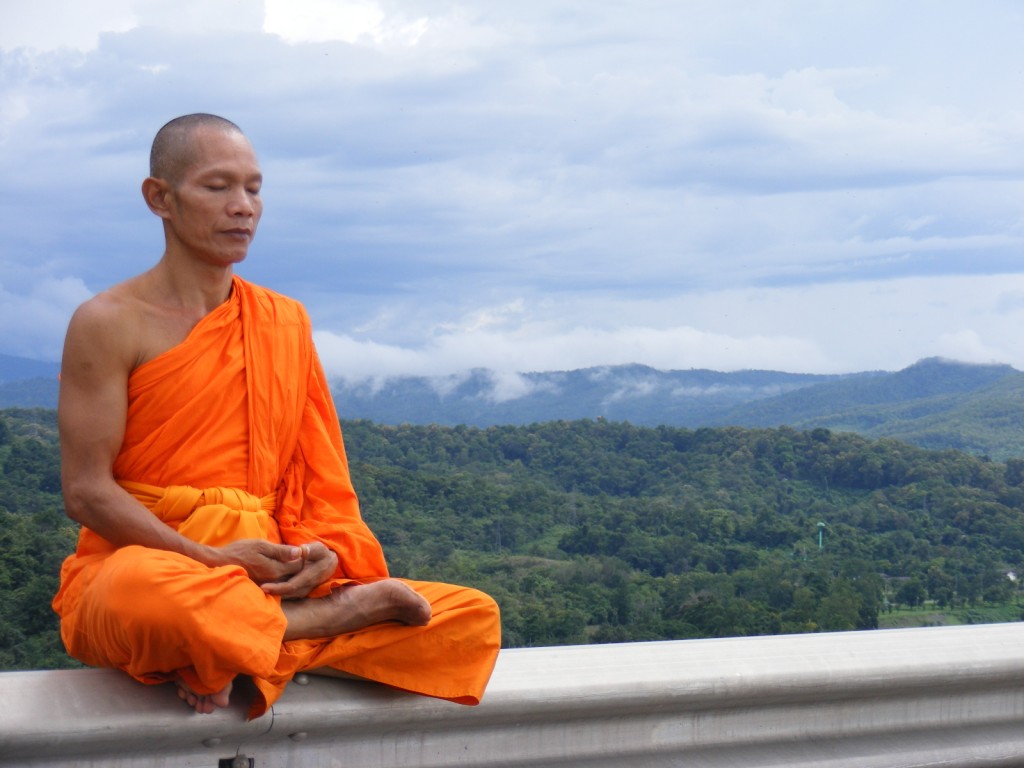
Shoulders, Arms and Hands
Your shoulders should be relaxed, and slightly rolled back and down. Your hands should be supported, either resting on a cushion or on your lap, so that your arms and hands are relaxed.
Head, Neck and Face
 Your head should be upright, with your chin slightly tucked in. The back of your neck should be relaxed, long, and open. Your face should be relaxed, with your brow smooth, your eyes relaxed partially closed, your jaw and tongue relaxed and your tongue just touching the little indentation in your gum, behind your upper front teeth.
Your head should be upright, with your chin slightly tucked in. The back of your neck should be relaxed, long, and open. Your face should be relaxed, with your brow smooth, your eyes relaxed partially closed, your jaw and tongue relaxed and your tongue just touching the little indentation in your gum, behind your upper front teeth.
Breathing
We need to pay attention to breathing. ‘Abdominal Breathing’, ‘Buddha’s Breathing’ and ‘Baby’s Breath’ are different names for the same specific type of breathing used for most Qigong. Most people are chest breathers; the chest and upper chest expands when inhaling.
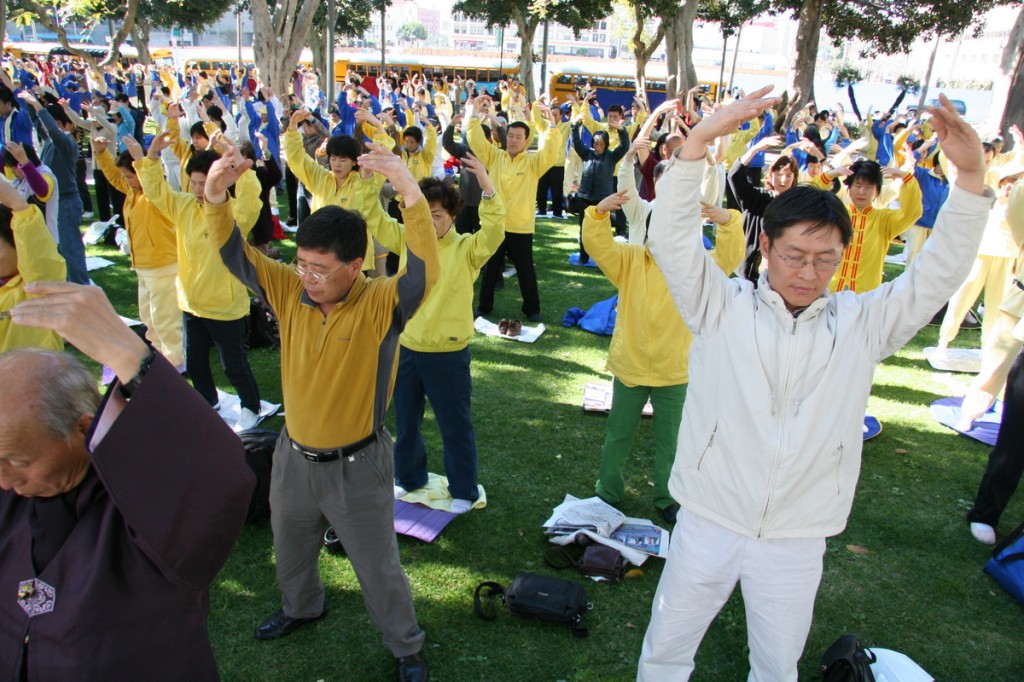
Abdominal breathing is where the abdomen and lower belly expand and there is almost no movement of the chest during inhalation. When we inhale, we cause the diaphragm to contract down. If the stomach muscles are tensed, there is a restriction on the amount of air that can be inhaled.
Relax the Abdominals
By allowing the abdominal muscles to be relaxed or even lightly pushed out when inhaling, more air is taken in. Since the amount of air is increased, then the number of breaths needed to get the same amount of air is reduced. Most people breathe 12 to 18 times per minute while a Qigong adept will breathe as few as 4 times per minute, even when doing mildly strenuous exercise.
‘Mindfulness of the Breath’ – a Simple Exercise
A simple meditation is called Mindfulness of the Breath. While sitting, begin Abdominal breathing.
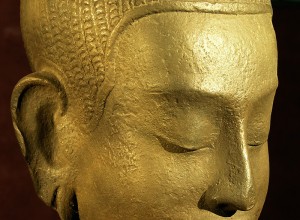 As you inhale, feel the air enter your lungs and how they seem to press down on your abdomen. As you exhale, slightly contract your stomach area and try to lengthen your exhale. Do not strain. When you begin your next inhalation, slightly push out your belly and deepen your breath.
As you inhale, feel the air enter your lungs and how they seem to press down on your abdomen. As you exhale, slightly contract your stomach area and try to lengthen your exhale. Do not strain. When you begin your next inhalation, slightly push out your belly and deepen your breath.
Inhale through your nose and exhale through your mouth, keeping your tongue in contact with your upper gum. Count your breaths. The first time you do this exercise count to eight. You can increase the count by eight once a week, if you do this every day.
To finish the Qigong meditation, on your last inhale, raise your arms over your head, palms coming together, then exhale as you bring your hands to your navel.
Perfect for the Office
Breathing exercises can easily be practised in the office, at the desk, in the quiet room or multi-faith room if you have one, and the benefits they will bring are enormous. Whether you are in a Director or an Office Junior, mindfulness training will improve your mental and physical well-being, concentration, stress-control, productivity and ultimately, if more people were practising within a business, these improvements would translate into increased profit for the business.
If you are interested in increasing the productivity of your team, boosting motivation, tightening the team and making your office an even happier place to be, then get in touch with the Chan School of Nunchaku about booking a workshop. Our workshops incorporate mindfulness/meditation training at the core, are enjoyable, suitable for people of all ages and great fun.
Thanks to Jeff Smoley
A big thanks to Jeff Smoley of Jade Power Qigong, based in Florida, who supplied this first class article on Qigong and meditation.
With 54 years experience in martial arts including Judo, Jujutsu, Shorinji Kempo, Taijiquan (Chen), Bagua Zhang (Yin & Liang) and 42 years in Qigong, Jeff is an excellent all-rounder and really knows what he is talking about.
We hope to hear a lot more from Jeff.
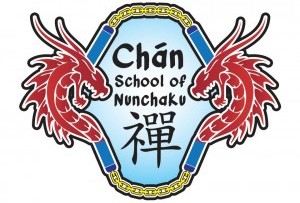
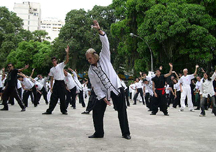
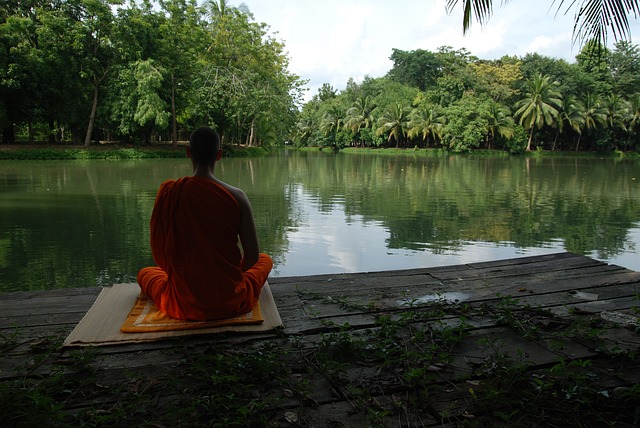
 Follow
Follow